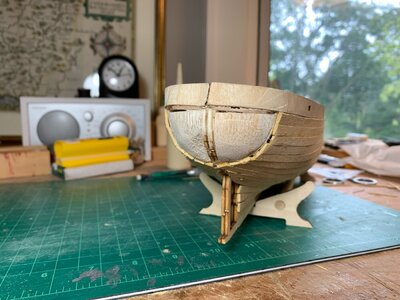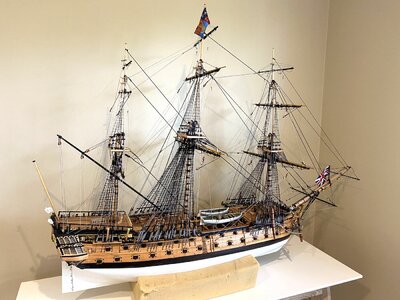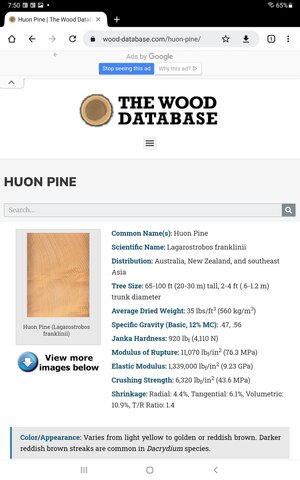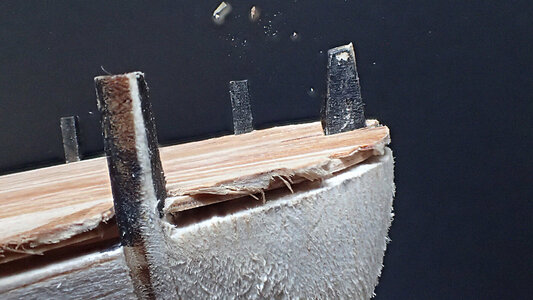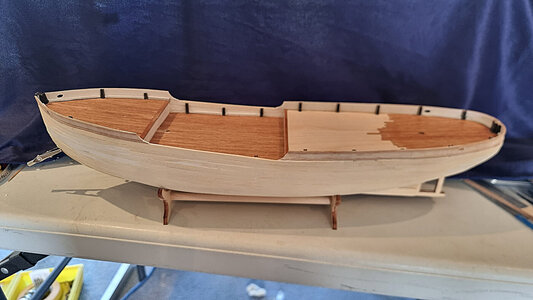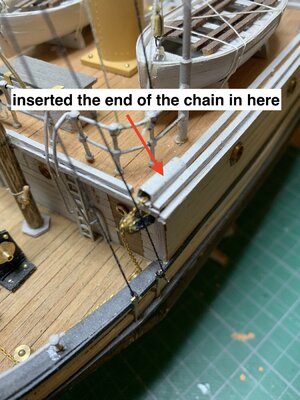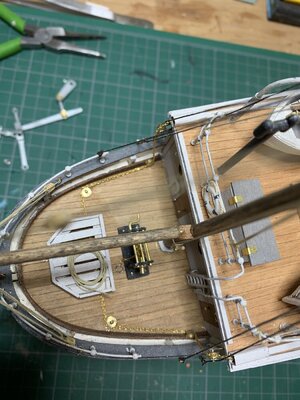Greetings All,
I have decided to bravely go where this man has not gone before - I will post my build log. The St Roch is my second model. The first was the newly completed Norfolk sloop. It came with very detailed instructions - the St Roch comes with almost no instructions. I am therefore hoping that those of you with more knowledge then me (just about all of you) will jump in and cast your expert knowledge upon the waters of my ignorance. The kit was a gift and I feel obligated to do my very best.
For a start I have inserted balsa blocks to help support the planking. I felt that the very thin bulkheads would offer very little. I am thinking that every second space should provide sufficient support, but am open to suggestions. I will be joining the two sides together before I start planking. I am also going to paint bits and pieces as I go to avoid trying to make a fair job in tight spaces further on. I will be using water-based acrylic paint.
I have decided to bravely go where this man has not gone before - I will post my build log. The St Roch is my second model. The first was the newly completed Norfolk sloop. It came with very detailed instructions - the St Roch comes with almost no instructions. I am therefore hoping that those of you with more knowledge then me (just about all of you) will jump in and cast your expert knowledge upon the waters of my ignorance. The kit was a gift and I feel obligated to do my very best.
For a start I have inserted balsa blocks to help support the planking. I felt that the very thin bulkheads would offer very little. I am thinking that every second space should provide sufficient support, but am open to suggestions. I will be joining the two sides together before I start planking. I am also going to paint bits and pieces as I go to avoid trying to make a fair job in tight spaces further on. I will be using water-based acrylic paint.




